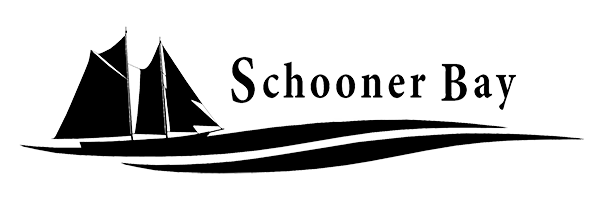Here Are The Origins of Rare and Unique Scherenschnitte Art
In a world where digital design often dominates creative expression, some traditional art forms quietly endure — delicate, detailed, and steeped in history. Scherenschnitte, a centuries-old paper-cutting technique, is one such craft. With roots that span continents and cultures, this intricate art form weaves together history, symbolism, and precision. But where did scherenschnitte come from, and how did it evolve into the folk art we appreciate today?
What Is Scherenschnitte? (see all Schooner Bay scherenschnittes here)
The word scherenschnitte (pronounced SHARE-en-shnit-tuh) comes from the German words Schere (scissors) and Schnitt (cut). As the name suggests, the technique involves cutting intricate designs into paper, often folded to produce symmetrical motifs. These designs range from pastoral scenes and floral patterns to elaborate silhouettes and storytelling vignettes.
Though often associated with German-speaking countries, the roots of scherenschnitte are far more global than the name suggests.
A Global Foundation: From China to Europe
The earliest known paper cutting dates back to 6th-century China, shortly after paper was invented during the Han Dynasty. These early paper cuts were used in religious rituals, festive decorations, and cultural ceremonies. As the practice spread along trade routes such as the Silk Road, it made its way through Central Asia and into the Islamic world and Europe.
By the 16th century, paper cutting had gained popularity in Switzerland and Germany, where it was embraced not just as a craft, but as a form of storytelling and expression. Here, the tradition took on the name scherenschnitte, and began to flourish, especially in the Alpine regions.
From Europe to America: A Folk Art Transplanted
In the 1700s and 1800s, many German-speaking immigrants, particularly from Switzerland and the Palatinate region of Germany, brought their cultural traditions to the New World — including scherenschnitte. Settling primarily in Pennsylvania, these immigrants became known as the Pennsylvania Dutch (a misnomer derived from “Deutsch,” meaning “German”).
In America, scherenschnitte adapted to its new surroundings. It was used to decorate birth and marriage certificates, religious texts, and household items. The craft often combined calligraphy, symbolism, and biblical references with the paper-cut designs, resulting in deeply personal and spiritual folk art.
Artistic Themes and Techniques
Traditional scherenschnitte designs often reflect themes of love, family, faith, and nature. Common motifs include:
- Hearts and doves – representing love and peace
- Trees and flowers – symbols of growth, life, and spirituality
- Symmetrical patterns – achieved by folding paper before cutting, creating mirror-image designs
Artisans typically use small, fine scissors or knives, often working freehand or with lightly sketched guides. Some pieces are made from a single sheet of paper, while others may be layered or mounted on contrasting backgrounds for visual impact.
Scherenschnitte Today (see all Schooner Bay scherenschnittes here)
While no longer a household craft, scherenschnitte remains a cherished art form among folk art enthusiasts and paper artists. It has seen revivals in recent decades, thanks in part to its visual appeal and meditative process. Workshops, online communities, and museum exhibits help keep the tradition alive.
Contemporary artists have expanded the boundaries of scherenschnitte, incorporating modern themes and tools like laser cutting, but the core spirit — patience, precision, and storytelling — endures.
Conclusion
The journey of scherenschnitte from ancient China to modern workshops is a testament to the enduring power of handmade art. Rooted in tradition but open to evolution, it invites us to slow down, appreciate detail, and connect with generations past through the humble act of cutting paper.
So the next time you see a lace-like paper design or an intricate silhouette, remember: you’re looking at more than decoration. You’re witnessing centuries of culture, passed down blade by blade.
(This blog post was written with the assistance of ChatGPT.)
